Date: 11 January 2008
They have now become a landmark in the city, reinforcing the corporate identity of his client in a spectacular way.
Von Einsiedel explained to LGN: "The three ventilation chimneys of the Transformer Station are made from triangular and square laminated glass panes of 1.2m x 0.9m. These panes consist of two lites of glass laminated together with a sheet of holographic film in between, held in place by slim aluminum fittings which are fixed to the outer side of a steel construction. The decorative, holographic display is entirely appropriate to the business park, dedicated to a new media such as electronic publishing, where the power station is located".
All the colors of the rainbow
One side of the installation shows a stylized picture of an electricity bulb and the other side shows the letters GEW, the company logo of Cologne's Gas Electricity and Waterworks municipality Architect von Einsiedel explained: "The holographic film, manufactured using a combination of computer technology and laser guns, reflects natural and artificial light and splits it up into all the colors of the rainbow. By designing pixels of 5 x 5cm with different angles of reflection, differently colored pictures are produced due either to the varying positions of the sun as it moves across the sky or as the spectator's angle of vision moves.
Laminated glass offers protection and stability  Technical Director at laminator Glaswerke Arnold Werk II, in Merkendorf, Germany, Christian Irmscher, told LGN: "We used laminated glass since there was no other product that could provide 100% protection of the holographic film, offer optimal viewing of the hologram and keep the application waterproof. In addition, the lamination process gave the holographic film an even and stable layout; as a result, the film cannot slide out of place. The glass panels are kept in place with a metal construction. The 5mm annealed + 2mm PVB + 5mm annealed laminated glass solution has performed extremely well and there have been no problems whatsoever since its 1996 installation."
Technical Director at laminator Glaswerke Arnold Werk II, in Merkendorf, Germany, Christian Irmscher, told LGN: "We used laminated glass since there was no other product that could provide 100% protection of the holographic film, offer optimal viewing of the hologram and keep the application waterproof. In addition, the lamination process gave the holographic film an even and stable layout; as a result, the film cannot slide out of place. The glass panels are kept in place with a metal construction. The 5mm annealed + 2mm PVB + 5mm annealed laminated glass solution has performed extremely well and there have been no problems whatsoever since its 1996 installation."
Groundbreaking work with HOEs
Professor Helmut Muller of ILB at Cologne's Polytechnic, who produced the holographic films and supervised the process of glass lamination, commented: "Our holographic displays are incorporated within laminated glass which protects the film, makes it easy to handle and – apart from regular window cleaning – keeps the holographic optical element (HOE) maintenance-free. The holographic display is also UV-stable, which is important for outdoor applications."
As Architect von Einsiedel summed up: "The outdoor use of sensitive holographic film in such large panels is a world premiere and was made possible only through the protection offered by laminated glass."



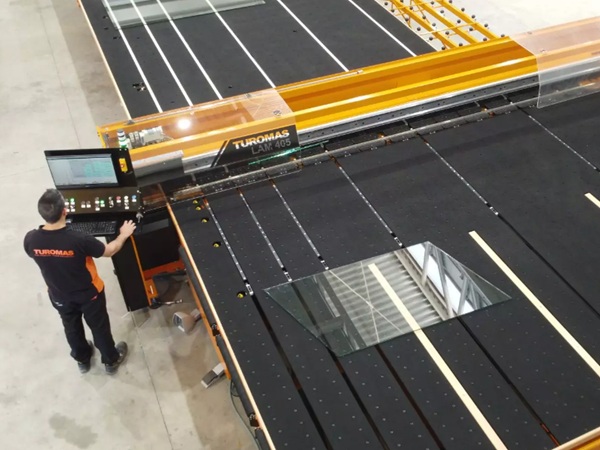


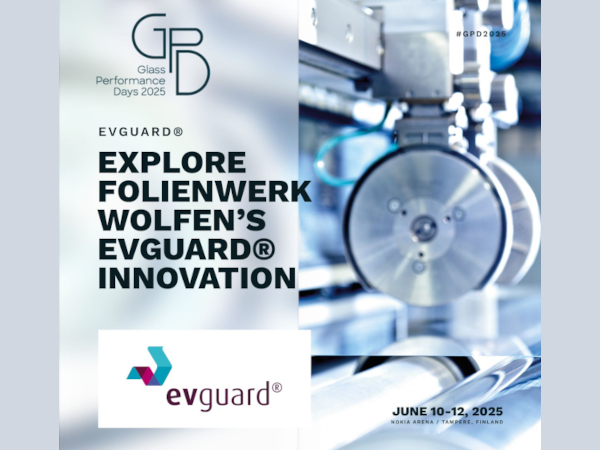















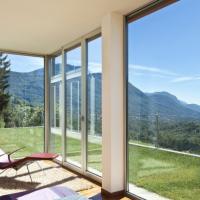

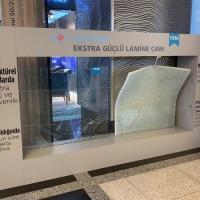
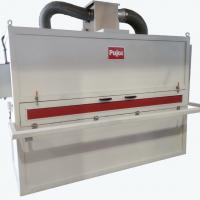
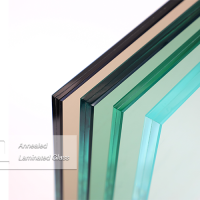

Add new comment